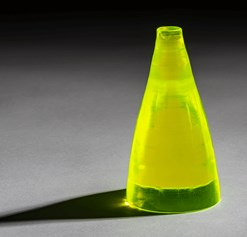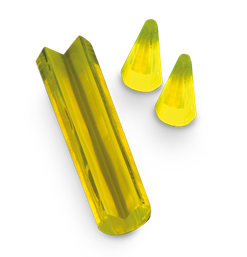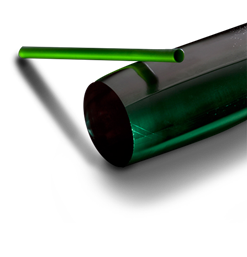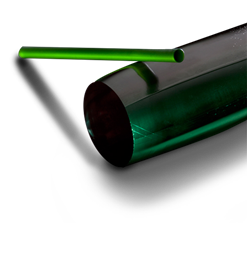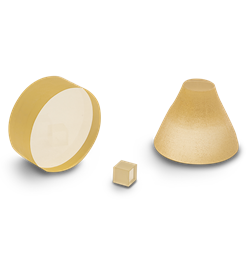Laser Materials
YSO (Yttrium Orthosilicate) is a monoclinic biaxial crystal belonging to the C2/c (C6 2h) space group. Rare earth ions substitute for the Y³⁺ ions which occupy two crystallographic sites of C1 symmetry. Emission and absorption spectra for rare earth dopants are polarized and generally have higher cross-sections when compared to YAG.
Crystals of Y₂SiO₅ are available with a variety of dopant ions including Ce, Pr, Nd, Eu, Tb, Ho, Er, Tm, Tm:Ho, Ce and Cr.
Eu³⁺ and Er³⁺ activated YSO exhibit very narrow homogeneously broadened absorption line widths (sub kHz), embedded within a broader (–GHz) inhomogeneously broadened line, when cooled to cryogenic temperatures. Er³⁺:YSO was shown to have a homogeneous optical resonance width of only 73 Hz, the narrowest atomic resonance observed in any solid state material[1].
